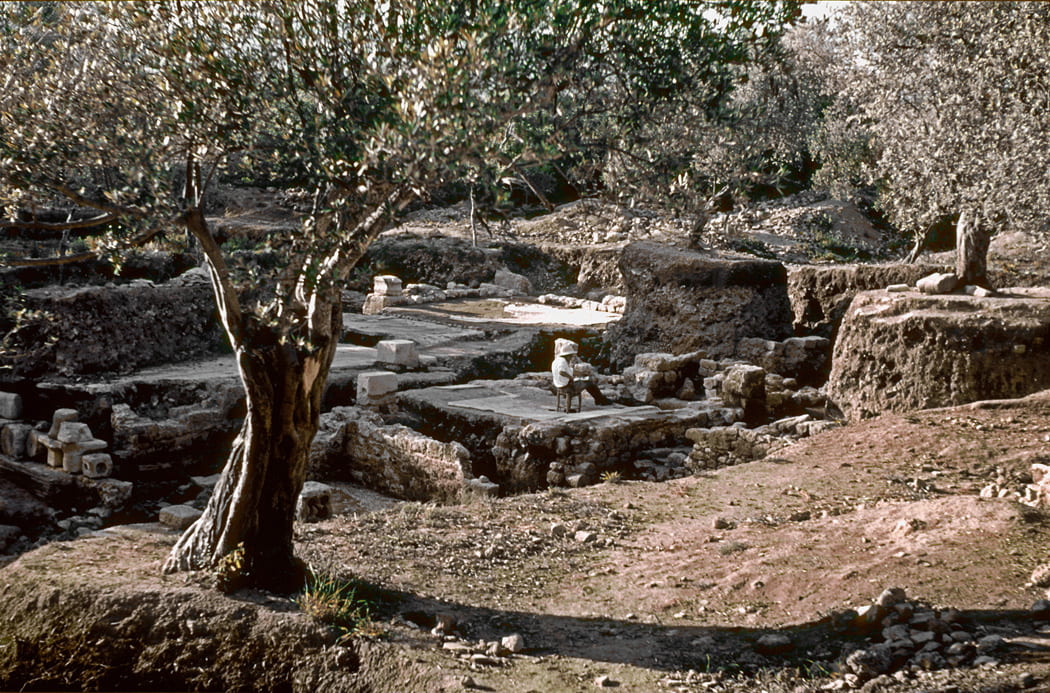Committee for the Investigation of Antioch-on-the-Orontes (CIAO)
Project team (listed alphabetically):
Stephen Batiuk GIS consultant, CRANE project manager, University of Toronto
Andrea Berlin Professor, Department of Archaeology, Boston University, Levantine Ceramics Project
Andrea U. De Giorgi Professor, Classics Department, Florida State University
A. Asa Eger Professor, Department of History, UNC-Greensboro
Julia Gearhart Director, Visual Resources, Department of Art and Archaeology, Princeton University
Stefan Heidemann Professor, Asien-Afrika-Institut (ESA Ost), Hamburg University
Kirstin Ohrt Antioch Coin Digitization Specialist, Department of Special Collections, Firestone Library, Princeton University
Alan M. Stahl Curator of Numismatics, Department of Special Collections, Firestone Library, Princeton University
Peter Stone Assistant Professor, Department of History, Virginia Commonwealth University
Agnès Vokaer Department of History, Art, Archaeology, CReA, Université Libre de Bruxelles
Tasha Vorderstrasse Oriental Institute, University of Chicago
View Antioch-on-the-Orontes online.
View Antioch/Antakya pottery (the Levantine Ceramics Project).
Antioch on the Orontes, one of the great cities of the Hellenistic and Roman worlds that remained an important center throughout the Late Antique, Medieval, and early Modern periods, was excavated between 1932 and 1939 by an academic consortium headed by Princeton University. Some of the excavation’s findings were published, but a substantial body of material held in various collections at Princeton remained unpublished and understudied. The New Committee for the Excavations of Antioch and Its Vicinity was formed to explore how new research and publication opportunities could be opened up by digitally integrating this material, which consists of both archival records and artifacts.
The Committee selected OCHRE to provide an online, searchable database of over 26,000 digital assets that include more than 7,000 photographs of the site and artifacts, as well as many thousands of drawings, field books, plans, reports, diaries, notes, and other archival documents. Visual Resources staff, within the Department of Art and Archaeology, scanned and photographed. While a large percentage of these are related to the excavations at Antioch, the OCHRE Resources will also include material from the nearby excavations of Daphne-Harbie and Seleucia Pieria, setting the stage for research on and publication of those sites. Moreover, almost 5,500 Locations & objects were itemized and organized in OCHRE and linked, where possible, to the images and scans, creating a rich interactive platform for exploring the data. The OCHRE Application Programming Interface (API) was used to publish the content to the web, providing easy access for the web browser application. In addition, the integrated data set was brought to life visually using the ArcGIS Online platform to show the relevant spatial relationships using maps, plans, and shapes of excavated features. Additional analytic or visual material will be added to OCHRE as work on the project continues.

William Campbell onsite at the House of Menander, Daphne, 1938 (Kidder Smith Photograph 8176)
[Project gallery icon is derived from the “Spring” mosaic from the house of Narcissus at the neighboring site of Daphne.]
